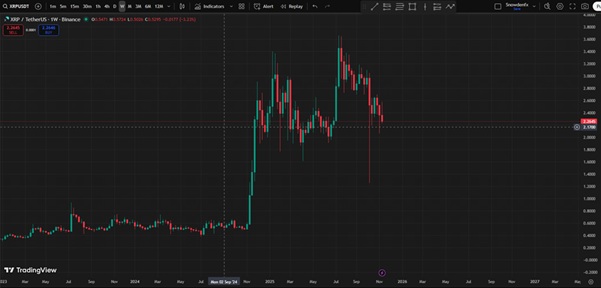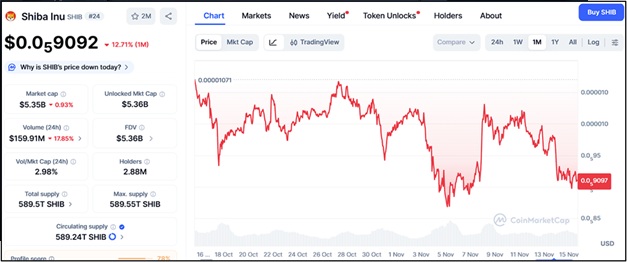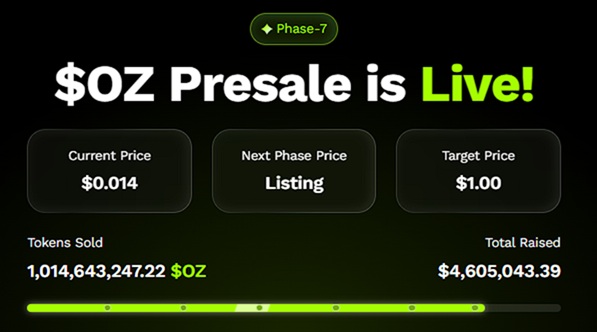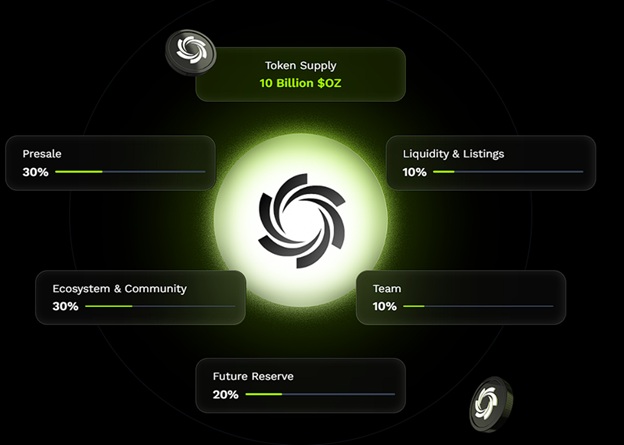For the better part of a decade, Washington has sounded a relentless alarm across the Global South, warning developing nations that Beijing’s deep pockets come with a heavy price: a “debt trap” designed to leverage infrastructure loans for geopolitical obedience.
Yet, a sweeping new investigation reveals a staggering economic irony. While American diplomats were cautioning the world against Chinese credit, the United States was quietly becoming its largest customer.
According to a landmark report released Tuesday by the AidData research lab at William & Mary, the sheer scale of China’s global lending has been vastly underestimated, totaling a colossal $2.2 trillion between 2000 and 2023. But the true revelation lies in the destination of these funds. In a stark pivot from the bridge-and-road building of the Belt and Road Initiative in developing nations, China has increasingly directed its financial firepower toward the world’s wealthiest economies.
Standing at the top of that list is the United States itself.
The $200 Billion Surprise
The findings paint a picture of financial entanglement that defies the current “decoupling” narrative. AidData researchers, who spent 36 months combing through more than 246,000 sources, found that Chinese state-owned institutions funneled nearly $202 billion into projects across the U.S. during the studied period.
“This finding is both unexpected and counterintuitive,” the researchers noted, highlighting the dissonance between public political friction and private financial flow. Brad Parks, AidData’s executive director, put it this way: “This is an extraordinary discovery, given that the US has spent the better part of the last decade warning other countries of the dangers of accumulating significant debt exposure to China.”
The definition of “official sector” lending used in the study is broad, capturing the full weight of the Chinese state apparatus. It includes state policy banks, state-owned commercial banks, and government funds. These entities have woven themselves into the fabric of the American economy, often seeking yield and stability in what remains the world’s deepest market.
From Pipelines to Processors
The capital injection has not been passive. Chinese funds have bankrolled critical infrastructure that keeps the American economy humming. The report details how Beijing-backed financing helped construct major liquefied natural gas (LNG) pipelines in Rio Grande, Port Arthur, and Freeport, as well as the controversial Dakota Access oil pipeline.
Beyond energy, Chinese credit has flowed into the electric power transmission lines feeding New York City, data centers in Northern Virginia’s tech corridor, and airport terminals in both New York and California. The reach extends to the balance sheets of corporate America, with Chinese state lenders providing liquidity support—via working capital and revolving credit facilities—to a wide array of Fortune 500 companies.
However, the flow of funds suggests motives that occasionally transcend simple profit. The report points to specific instances where financing facilitated the transfer of “critical technologies.” A prime example occurred in 2015, when a consortium of Chinese firms utilized an $800 million loan to acquire 100 percent of OmniVision Technologies, a U.S.-listed maker of advanced image sensors. AidData flagged this as a clear case of acquiring “strategically important hi-tech companies and assets.”
A Strategic Pivot to the West
This focus on the U.S. is part of a broader, fundamental shift in Beijing’s economic statecraft. At the turn of the millennium, 88 percent of China’s lending portfolio was dedicated to low-income countries. By 2023, that figure had plummeted to just 24 percent.
Conversely, the share of financing targeting developed nations has skyrocketed. In 2000, high-income countries received only 12 percent of China’s overseas lending; by 2023, they absorbed 76 percent. The data shows that 10 of the top 20 recipients of Chinese official credit were high-income nations, with Russia ($171.7 billion) and Australia ($130 billion) trailing only the U.S. in total volume. Other major beneficiaries included the United Kingdom, Germany, and Singapore.
While the Belt and Road Initiative remains the public face of Chinese diplomacy, focusing on trade-related infrastructure in the developing world, this “shadow portfolio” in the West is arguably more significant. AidData estimates that China’s total overseas lending is two to four times larger than previously published estimates, effectively making Beijing the world’s largest official creditor—an “international creditor of first and last resort,” as co-author Brooke Escobar described it.
The Intent: Profit or Power?
The report nuances the intent behind this massive outlay. While the acquisition of OmniVision hints at strategic technology transfer, the researchers concluded that many Chinese loans to the U.S. “are guided by the pursuit of profit rather than the pursuit of geopolitical or geoeconomic advantage.” State-owned banks, awash in deposits, naturally sought the safe, high-yield returns available in Western infrastructure and corporate debt.
Yet, the scale of the lending raises questions about leverage and capacity. For every dollar the United States lends or donates to the developing world, China now provides $1.50. With an annual overseas development assistance budget hovering around $5.7 billion, the U.S. and its allies face a daunting challenge in matching Beijing’s financial ubiquity.
As the AidData team—comprising 16 full-time and 126 part-time researchers—concluded, the sheer volume of over 30,000 distinct projects funded worldwide, including nearly 10,000 in high-income countries, forces a re-evaluation of global power dynamics.












